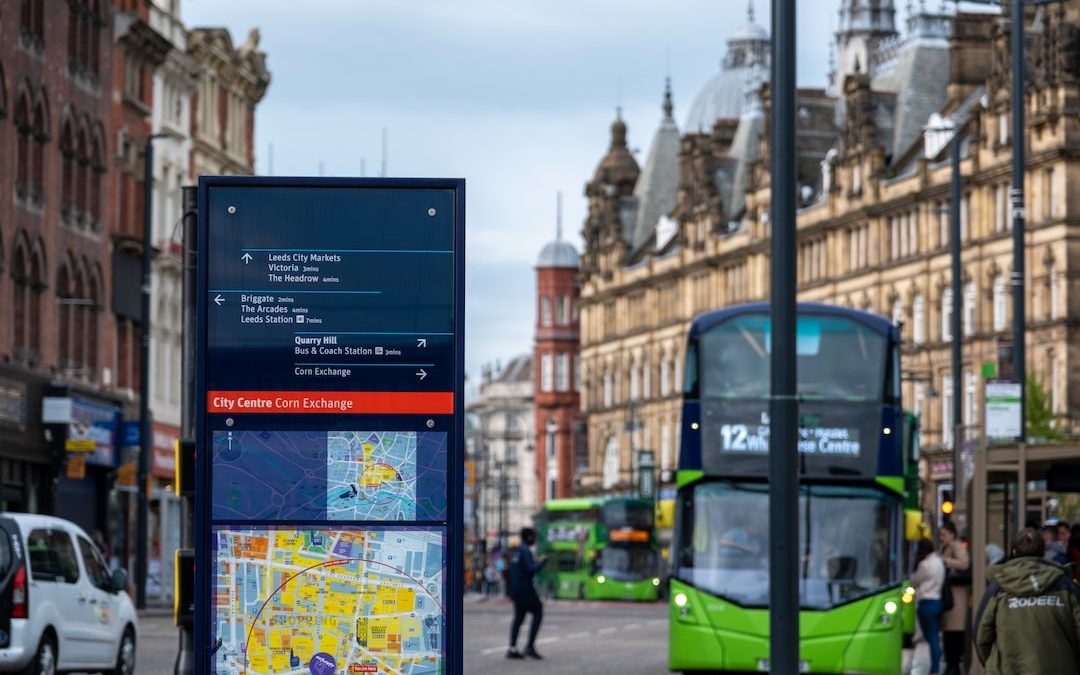Table of Contents
Improving Accessibility to Urban Transportation
Urban transportation has been a key part of our lives since the industrial revolution. Without it, we would not be able to get to work, school or even visit our friends and family. Unfortunately, in many cities around the world, access to urban transportation has become increasingly difficult and expensive, especially for those who are living in poverty or on low incomes. This has the potential to create further divisions among the communities in these cities, as those who are unable to access transport are more likely to be excluded from economic and social opportunities.
In this blog post, we will be discussing some of the ways that cities can improve accessibility to urban transportation. We will look at the importance of providing affordable and reliable public transport, increasing investment in cycling infrastructure, improving access to taxis and ride-hailing services, and making public transport more accessible for people with disabilities. By addressing these issues, cities can make urban transportation more accessible and equitable for all, so that everyone can benefit from the economic and social opportunities that it can provide.
Providing Affordable and Reliable Public Transport
Providing affordable and reliable public transport is essential for improving accessibility to urban transportation. Public transport is often the most affordable and convenient way of getting around, and it is essential for those who are unable to afford or access private forms of transport such as cars and taxis. In order for public transport to be effective, it must be affordable, reliable and well-integrated with the rest of the city’s transportation network.
Cities can make public transport more affordable by introducing discounted fares for low-income households, as well as by providing free or discounted passes for students and seniors. They can also make public transport more reliable by investing in better infrastructure and improving the frequency of services. This can include measures such as increasing the number of buses and trains in operation and ensuring that they are running on time.
Finally, cities can improve the integration of public transport by creating better connections between different forms of transport. This can include measures such as improving the availability of interchanges between different bus and train lines, and providing better access to taxis and ride-hailing services. This will make it easier for people to get around, and it will also reduce the amount of time and money that they have to spend on transportation.
Increasing Investment in Cycling Infrastructure
Cycling is a great way for people to get around, as it is often cheaper and faster than other forms of transport. However, in many cities, cycling infrastructure is limited or non-existent, which makes it difficult and dangerous for people to cycle. In order to make cycling more accessible, cities should invest in better cycling infrastructure, such as dedicated bike lanes and bike sharing schemes.
Dedicated bike lanes are a great way to make cycling safer and more convenient. They provide a safe and separate space for cyclists, which reduces the risk of accidents and makes it easier for people to get around. Bike sharing schemes are also a great way to make cycling more accessible, as they allow people to rent a bike for a short period of time, making it easier and more affordable for people to get around.
By investing in better cycling infrastructure, cities can make cycling a viable and safe alternative to other forms of transport. This will make it easier for people to get around, and it will also reduce the amount of pollution caused by cars and other forms of motorised transport.
Improving Access to Taxis and Ride-Hailing Services
Taxis and ride-hailing services such as Uber and Lyft are a great way for people to get around, as they are often cheaper and more convenient than public transport. However, in many cities, the availability of taxis and ride-hailing services is limited, which makes it difficult for people to access these services. In order to make these services more accessible, cities should invest in better infrastructure and increase the availability of these services.
Cities can make taxis and ride-hailing services more accessible by investing in better infrastructure such as dedicated pickup and drop-off points. This will make it easier for people to access these services, and it will also reduce congestion in the city centre. Cities can also increase the availability of these services by introducing subsidies or incentives for drivers, which will encourage more people to become drivers and make it easier for people to access these services.
By investing in better infrastructure and increasing the availability of taxis and ride-hailing services, cities can make these services more accessible and more convenient for those who need them. This will make it easier for people to get around, and it will also reduce the amount of pollution caused by cars and other forms of motorised transport.
Making Public Transport More Accessible for People with Disabilities
For people with disabilities, access to public transport can be difficult and dangerous. Many public transport systems are not designed with accessibility in mind, and this makes it difficult or impossible for people with disabilities to use them. In order to make public transport more accessible for people with disabilities, cities should invest in better infrastructure and improve the availability of services.
Cities can make public transport more accessible for people with disabilities by investing in better infrastructure such as ramps and elevators. This will make it easier for people to access public transport, and it will also make it safer for those who are unable to use stairs. Cities can also improve the availability of services by providing specialised transport for those with mobility impairments, or by providing discounts for those who need assistance.
By investing in better infrastructure and improving the availability of services, cities can make public transport more accessible and safer for those with disabilities. This will make it easier for people to get around, and it will also reduce the amount of pollution caused by cars and other forms of motorised transport.
Conclusion
Improving accessibility to urban transportation is essential for creating a more equitable and inclusive society. By providing affordable and reliable public transport, increasing investment in cycling infrastructure, improving access to taxis and ride-hailing services, and making public transport more accessible for people with disabilities, cities can make urban transportation more accessible and equitable for all. This will make it easier for everyone to benefit from the economic and social opportunities that it can provide.
In conclusion, improving accessibility to urban transportation is essential for creating a more equitable and inclusive society. By investing in better infrastructure and services, cities can make urban transportation more accessible and equitable for all, so that everyone can benefit from the economic and social opportunities that it can provide.












